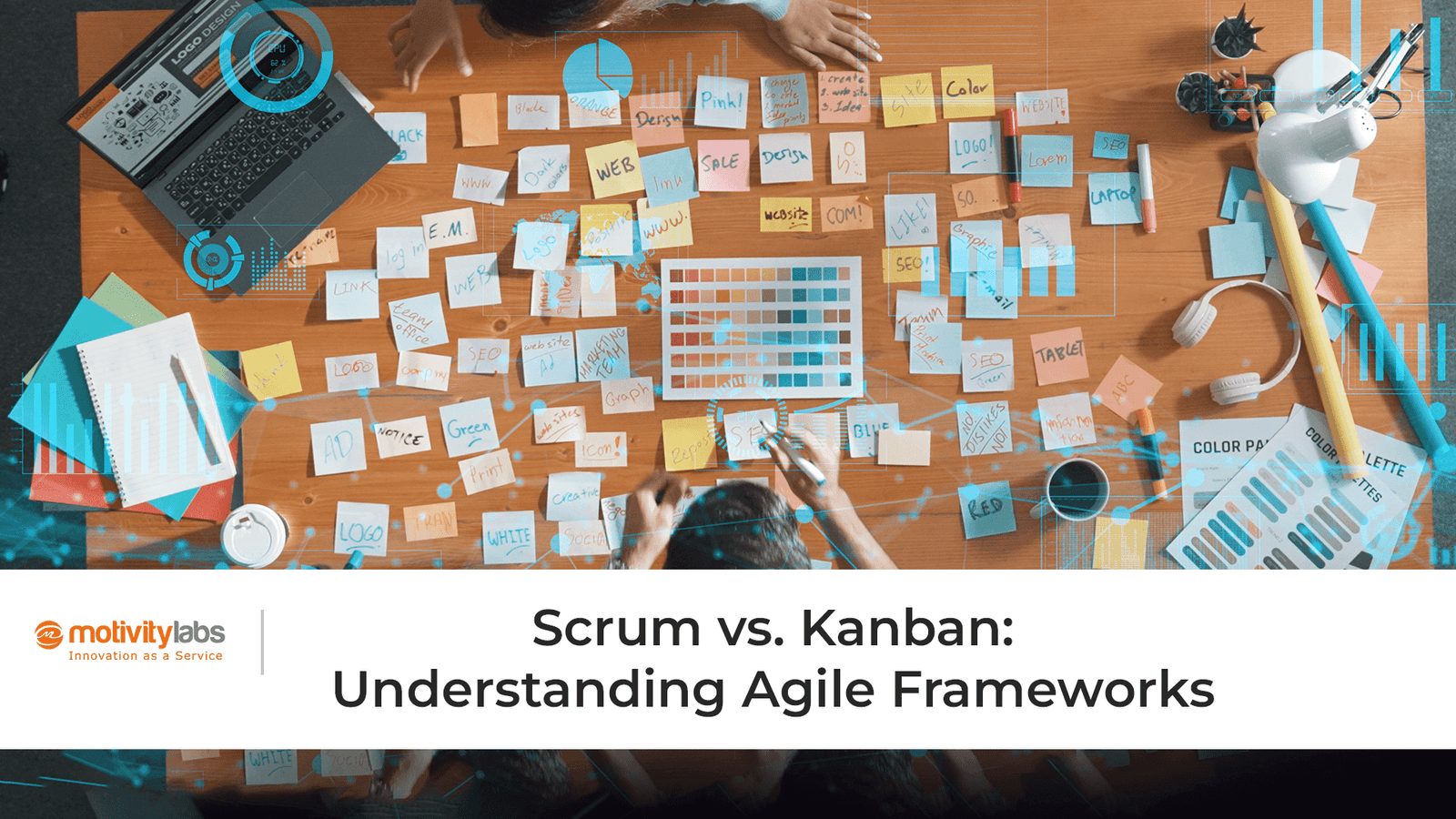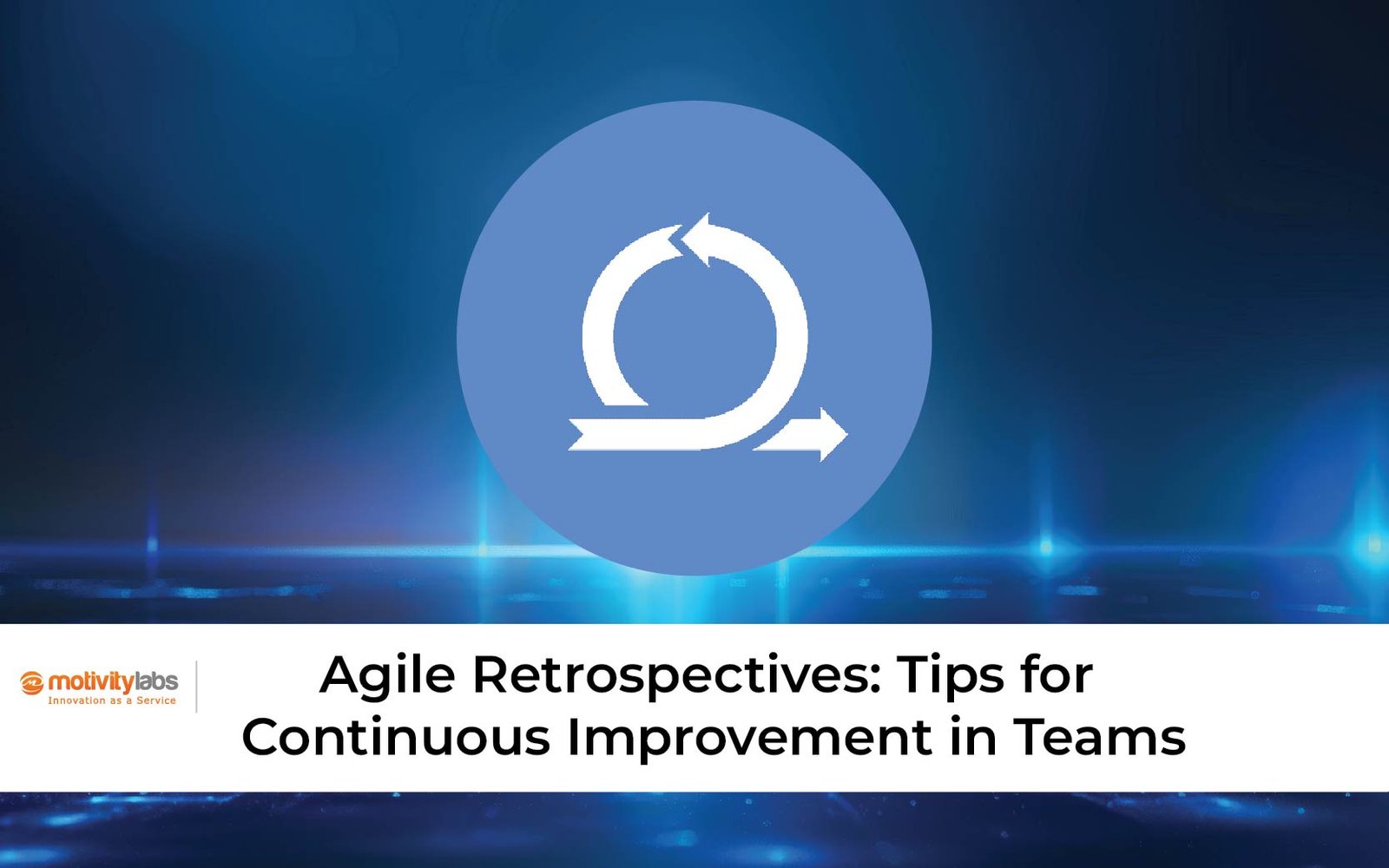Table of Contents
IT projects are notoriously complex. They are like building a plane mid-flight; technologies evolve, and business goals shift constantly. To make things more challenging, stakeholders often change their minds more than we’d like to admit. Managing this chaos is no easy feat, but that is where Agile methodology steps in. More than a process, Agile is a mindset, a way of working built for the unpredictability of modern IT landscapes.
In this blog, we will explore how Agile helps teams survive and thrive in complex project environments and why it is a game-changer for companies aiming to scale advanced.
Complexity Is the New Normal
Modern IT projects are not just complex. They are a moving target. Keeping everything aligned with evolving technologies, shifting priorities, and global teams in play is challenging. Whether you are building a digital product or managing enterprise infrastructure, unpredictability is part of the package.
Here is why things feel more complicated than ever:
- You’re dealing with diverse teams spread across time zones.
- Technology stacks change mid-project.
- Stakeholders wanted updates yesterday.
- Customers’ needs shift constantly.
- The pressure to deliver faster never lets up.
Traditional project management methods like Waterfall cannot keep up. They are too rigid and linear, making them unsuitable for today’s breakneck pace of change.
Agile? It is built for this.
What Agile Means
Agile is often mistaken for just a set of tools or ceremonies like stand-ups and sprints. However, it is much more than that. Agile is a value-driven approach to software development that prioritizes:
- Individuals and interactions over processes and tools
- Working solutions over exhaustive documentation
- Customer collaboration over contract negotiation
- Responding to change over following a fixed plan
It is not a one-size-fits-all framework. Agile can be practiced through Scrum, Kanban, or custom hybrid models. What matters is the philosophy: adaptability, continuous delivery, and feedback-driven progress.
1. Agile Makes Change Your Best Friend
In a traditional setup, changing course midway through a project can feel like crashing a ship into an iceberg. But Agile flips the script. Agile encourages breaking work into short iterations, known as sprints, usually lasting 1–4 weeks. This allows teams to take in new information, be it customer feedback, market changes, or tech updates, and adapt on the fly.
Why it matters: Say you are building a fintech platform and new government compliance laws pop up mid-sprint. Instead of scrambling to rewrite everything, Agile teams adjust the backlog and address changes in the next sprint. There is no panic, no drama, just smart pivots.
2. Complex Doesn’t Mean Complicated
Agile breaks massive, overwhelming projects into bite-sized chunks. These chunks, called user stories, focus on delivering real value to the user in each cycle.
Think of it like assembling a car. Instead of building the engine and chassis separately for months, Agile gives the user a skateboard first, then a scooter, then a bike, and eventually a car. Each version is functional and brings value.
Why it matters: This incremental approach allows your teams to show progress quickly and identify bottlenecks early. This saves time, money, and team morale.
3. Feedback Is Fast and Frequent
In Agile, feedback loops are built in. Daily standups, sprint reviews, and demos keep Agile teams in constant communication with each other and with stakeholders. This perpetual communication ensures that the product being built is aligned with business goals at all times. Agile eliminates the risk of “big reveal” disasters that typically occur at the end of a six-month timeline.
Why it matters: If your enterprise client realizes mid-project that they need a new dashboard feature, Agile teams can validate, build, and test it in the next sprint. You are delivering what people want, not what you assumed they needed.
4. Visibility = Confidence
With Agile, there is no waiting in the dark. Stakeholders get a clear view of what is being worked on, what is done, and what is next. Tools like Jira, Trello, or Azure DevOps provide real-time dashboards. Combined with sprint reviews and retrospectives, these tools give decision-makers the confidence that the project is on track. If it is not, they provide clarity on what is being done to address the issues.
Why it matters: When leadership has insight into progress and roadblocks, they can make better decisions faster. That is an immense win for project outcomes and team credibility.
5. Agile Keeps Teams Energized
Agile’s focus on autonomy, ownership, and collaboration builds durable, more motivated teams. Developers are involved in planning, estimating, and delivering. Everyone has a voice and a stake in the project. As a result, burnout decreases, and productivity increases.
Why it matters: Happy, engaged teams mean better code, faster delivery, and fewer bugs. It is not just a people win. It is a business win.
6. Quality Isn’t an Afterthought
Agile promotes continuous testing and integration. That means issues are caught early, not during a stressful crunch time at the end. Each sprint includes development and quality assurance. This iterative cycle ensures that bugs don’t pile up and that quality improves with each release.
Why it matters: If you are rolling out an IoT platform, early QA can catch device-to-cloud integration issues. This helps prevent costly rollbacks later.
7. Agile Scales With You
You might think Agile only works for startups or small teams. But today, even Fortune 500 giants are embracing Agile at scale through frameworks like SAFe (Scaled Agile Framework) or LeSS (Large-Scale Scrum).
Whether you are running 3 teams or 30, Agile can flex to fit. It brings structure to scale without sacrificing speed.
Why it matters: Motivity Labs has seen enterprise clients scale Agile across global teams. This approach has turned complex, multi-stakeholder projects into well-oiled delivery machines.
8. Faster Time-to-Market = Competitive Advantage
In Agile, you do not have to wait 12 months to launch. You can ship features incrementally and start seeing ROI sooner. This lets you respond to market changes in real-time, test assumptions quickly, and keep customers engaged.
Why it matters: If you are building a retail platform and need to add AI-based product recommendations, Agile lets you test the MVP in one sprint. You can then analyze customer reactions and improve them in the next sprint, all while your competitors are still in design mode.
Real Talk: Agile Isn’t Magic. It’s a Mindset.
Agile does not fix poor communication, bad leadership, or unrealistic deadlines. But it does create the conditions for success. It gives teams the tools to be flexible and resilient. This helps them stay aligned with business goals, even when things get messy. The trick is not just doing Agile but being Agile.
Where Motivity Labs Comes In
In a world where complexity is the new standard, Agile is not just a methodology. It is your competitive edge. It brings speed, structure, and sanity to the chaos of modern IT projects, and with the right partner by your side, the possibilities are endless.
Motivity Labs does not just practice Agile, they live it. They have helped Fortune 500 companies and fast-moving startups manage complex IT projects with agile-led delivery models that scale. Their teams specialize in everything from cloud-native development and QA automation to CI/CD pipelines. All of this is done within Agile frameworks that adapt to business needs.
Whether a client is modernizing a legacy platform or launching a next-gen digital product, Motivity Labs helps break down complexity into clarity. We do it faster, smarter, and with less risk. They bring the tech. They bring the people. They bring agility.
Let Motivity Labs help you turn complexity into clarity, one sprint at a time.



